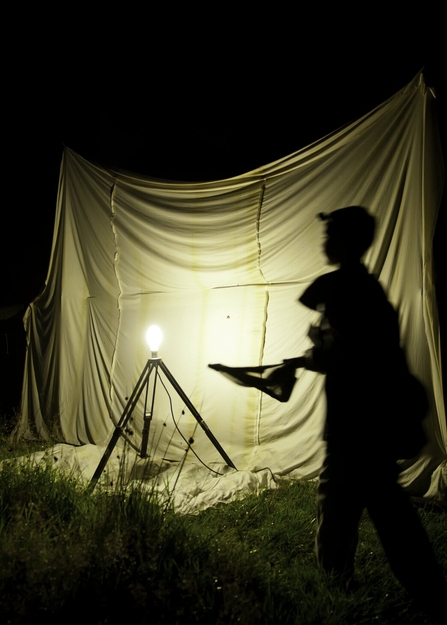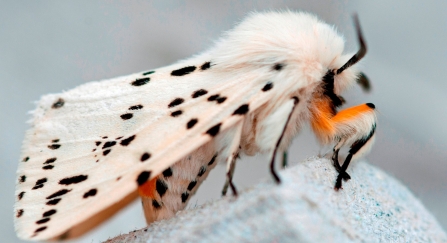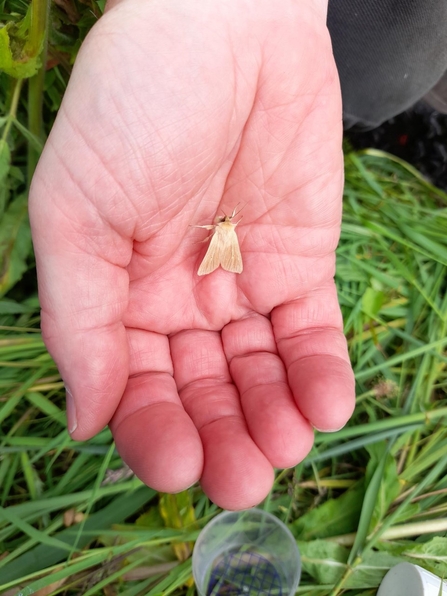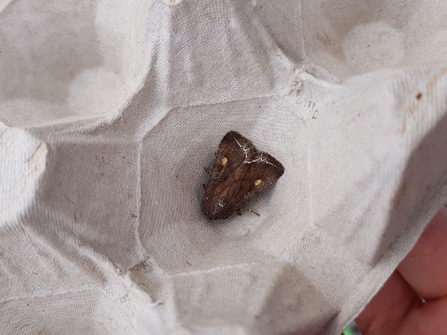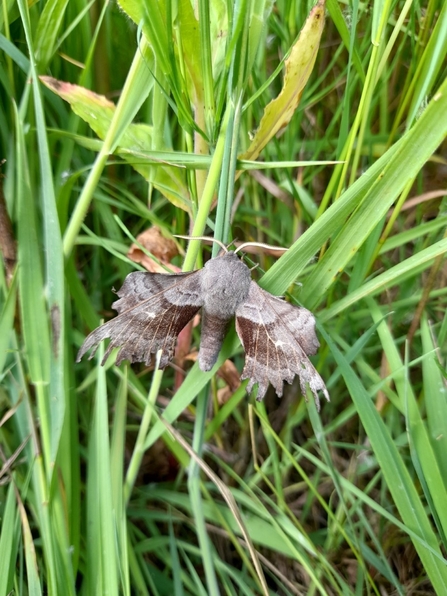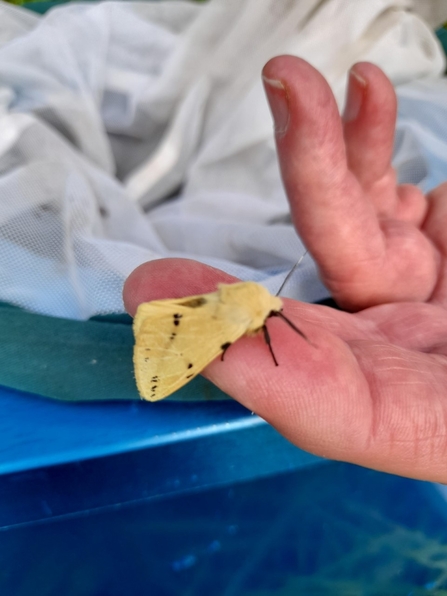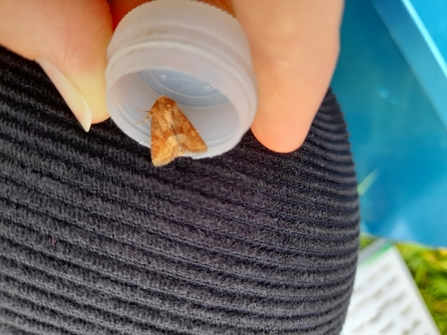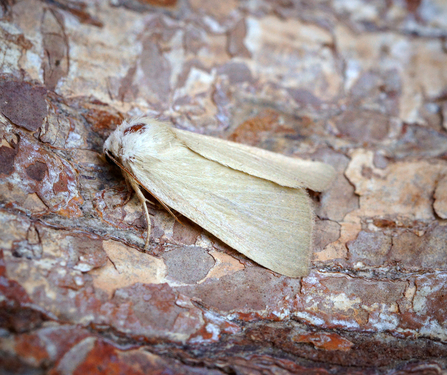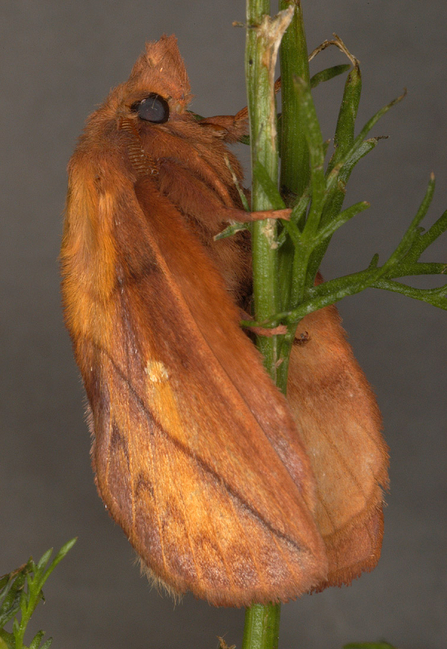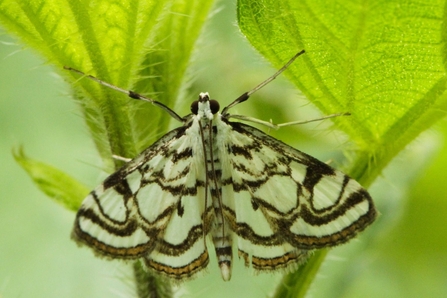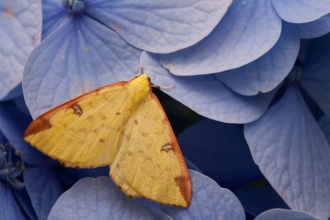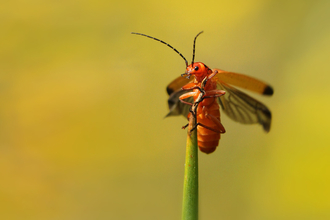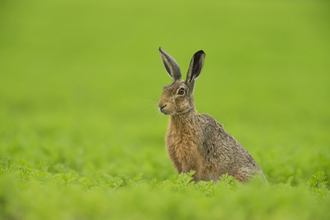Moths are often overlooked, misunderstood and under-appreciated insects. Yet they are an incredibly important part of our biodiversity, pollinating plants and providing food for bats, birds, spiders and other wildlife. We think of them casually as night-time butterflies, but over 2,500 species of moths have been recorded in Britain (compared with only 59 species of butterfly) and not all of them fly under cover of darkness. These incredible creatures have carved out homes for themselves in a variety of habitats – from lowland bogs to mountain tops.
Each year Moth Night celebrates these much-maligned creatures, and encourages people to seek them out in their gardens, parks or favourite wild spots of three evenings. Participants then report their findings, helping to improve moth records and our understanding of these creatures. Moth Night is organised by Atropos, Butterfly Conservation and the UK Centre for Ecology & Hydrology, and this year, falls from 8 July 2021 - 10 July 2021.


